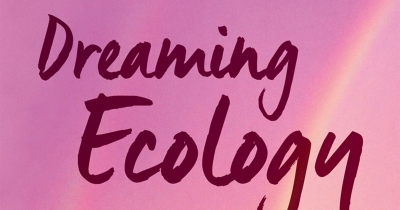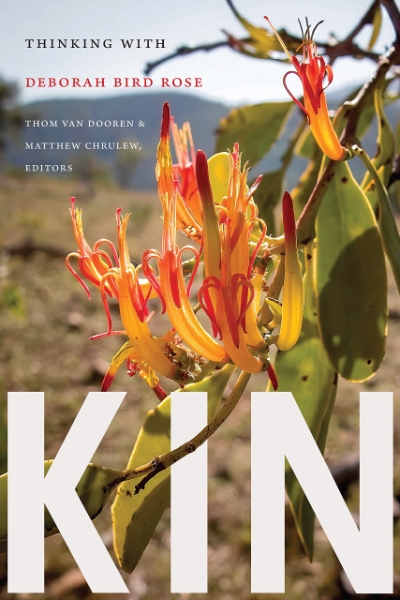Deborah Bird Rose
Dreaming Ecology: Nomadics and Indigenous ecological knowledge, Victoria River, Northern Australia by Deborah Bird Rose
by Stephen Bennetts •
Kin: Thinking with Deborah Bird Rose edited by Thom van Dooren and Matthew Chrulew
by Prithvi Varatharajan •
Hidden Histories: Black stories from the Victoria River Downs, Humbert River and Wave Hill stations by Deborah Bird Rose
by Tim Rowse •




